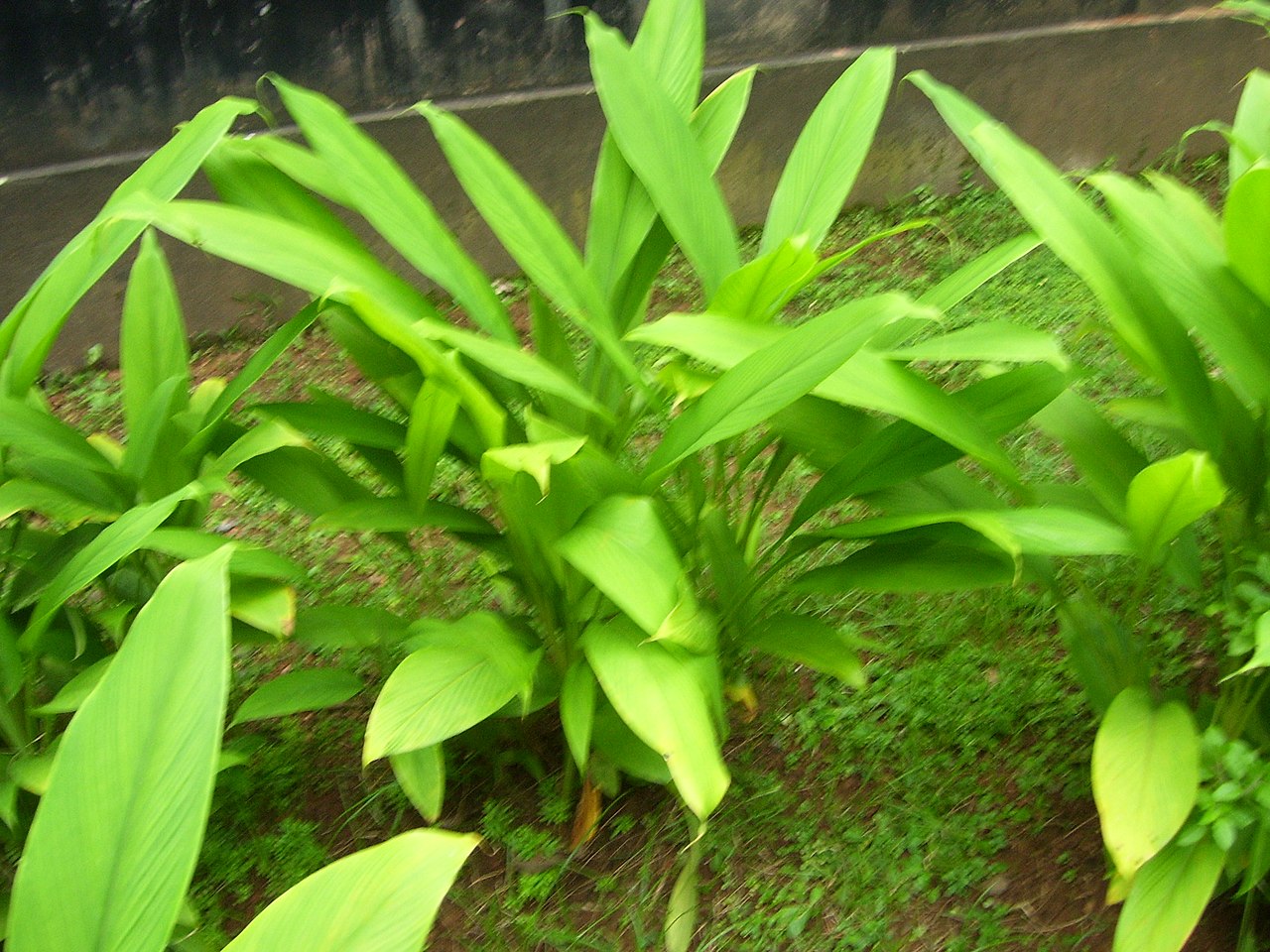Turmeric, known scientifically as Curcuma longa, is a vibrant yellow-orange spice widely used in cooking, traditional medicine, and even fabric dyeing. A member of the ginger family, Zingiberaceae, turmeric is celebrated for its unique flavor, intense color, and a myriad of health benefits. This article dives deep into the colorful world of turmeric, including its origins, culinary uses, health benefits, and cultivation.
Origins of Turmeric
Turmeric is native to Southeast Asia and the Indian Subcontinent, where it has been used for thousands of years in culinary and medicinal applications. It was introduced to the Western world via spice trade routes, and it has been gaining popularity globally due to its health-promoting properties.
Culinary Uses of Turmeric
Turmeric is a fundamental ingredient in many Asian cuisines, particularly in India, where it is a key component of curry powders. Its earthy flavor, combined with hints of pepper and mustard, adds depth and warmth to dishes.
The spice is also used in many Southeast Asian and Middle Eastern recipes. Turmeric is a common ingredient in soups, stews, rice dishes, and even baked goods and drinks like the increasingly popular turmeric latte, also known as “golden milk”.
Turmeric’s vibrant color is also highly valued in cooking, used to impart a rich, golden hue to dishes.
Health Benefits of Turmeric
Turmeric’s health benefits are primarily attributed to curcumin, a bioactive compound that has strong antioxidant and anti-inflammatory properties. Here are some of the health benefits associated with turmeric:
- Anti-Inflammatory Properties: Curcumin has been found to have anti-inflammatory effects comparable to some pharmaceutical drugs, without the side effects.
- Antioxidant Properties: Curcumin is a potent antioxidant that can neutralize free radicals and boost the body’s own antioxidant enzymes.
- Cognitive Health: Some studies suggest that curcumin may improve brain function and reduce the risk of brain diseases.
- Heart Health: Curcumin may benefit heart health by improving the function of the endothelium (the lining of the blood vessels), which is crucial for heart health.
Growing Turmeric
Growing turmeric is relatively straightforward, especially in warmer climates. It’s grown from rhizomes (root cuttings) and requires ample water, high-quality, well-drained soil, and partial to full sun.
The plant can reach up to a meter in height and produces beautiful white, pink, or yellow flowers. It takes around 7-10 months for the rhizomes to mature. Once harvested, they can be boiled, dried, and ground into the familiar yellow powder.
Turmeric is not just a spice; it’s a super-spice. Its culinary applications, health benefits, and vibrant color make it an incredibly valuable addition to any kitchen or medicine cabinet. As a key ingredient in many delicious dishes and a natural remedy with myriad health benefits, turmeric truly shines as a golden treasure in the world of spices.
